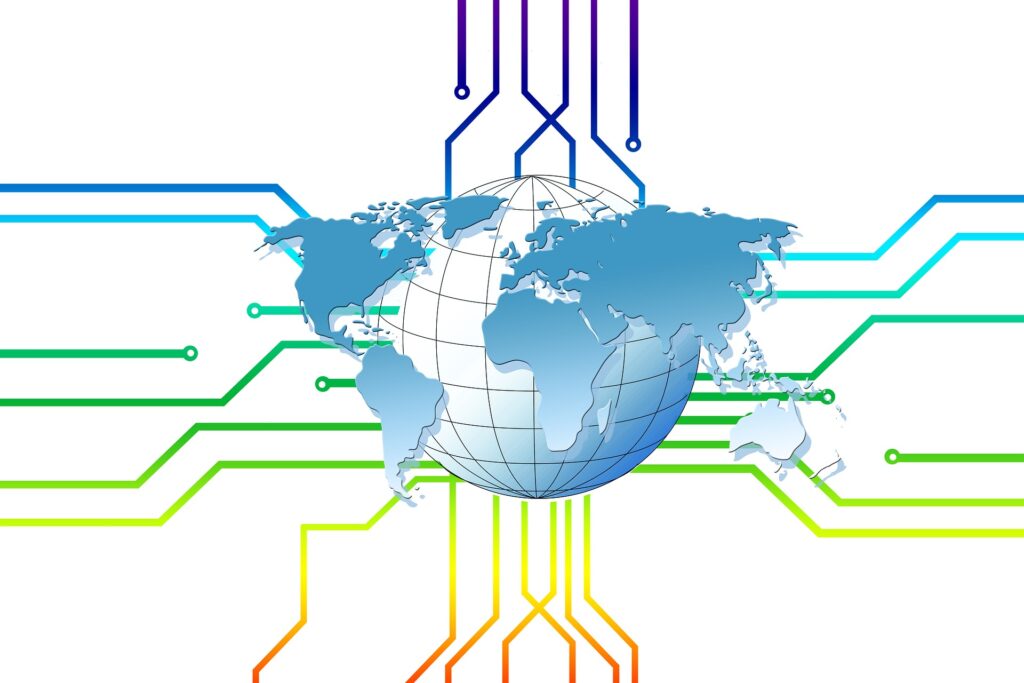Last week, Cisco had an interesting session about the significant amount of AI development that is going into its networking gear. Cisco is moving aggressively from security solutions that are reactive to security solutions that take initiative to protect the data from where it originates until it arrives at its destination. This AI model that surrounds the company’s ThousandEyes and vAnalytics efforts looks at behavior and flags anything that looks unusual in much the same way that AI solutions like BlackBerry’s Cylance do on a variety of platforms, suggesting the two solutions might work well together.
However, this move to initiative-taking solutions creates a testing problem because existing penetration testing works by using known methods of attack, whereas initiative-taking solutions are designed to address zero-day attacks that are unique and new.
These new tame attack AIs hold a lot of promise, but they also have a significant problem that will need to be addressed.
The AI white hat
AI-based security will increasingly need to be ready to face AI-based malware and exploits as individuals and companies that write these classes of code advance to newer and more effective technologies. Much like IBM has argued for its Quantum Defense solution anticipating the massive security exposures quantum technology represents, AI-based solutions will need to develop defenses for weaponized AI.
The reason you want an AI penetration testing solution is so that you look for gaps in your AI security solution. Since you, as the developer, should know where your solution is most vulnerable, you can build an attack AI to specifically target those vulnerabilities to see if the solution can withstand them.
And you might run this penetration AI solution whenever you have extra bandwidth to make sure you are best prepared for the next novel attack vector or product. But this AI then becomes a huge danger.
The danger of an AI white hat becoming a black hat
But this then results in an AI product that is expert at penetrating your AI security solution, which means that the security over this offering from access to physical theft must be absolute. If it isn’t and this penetration testing tool makes it a hostile entity, they could use what the tool knows about the site or product weaknesses to breach security.
With generative AI capable of analyzing and removing any constraints on this AI penetration tool, just putting controls and limitations in the code may not work. You may need to deploy this tool on resolute and locked hardware with provisions that make it far harder to steal or copy.
And clearly, this should be a closed-source product to ensure that the secrets it contains are very hard, if not impossible, to extract. An alternative might be for Cisco to provide the penetration testing capability as-a-service so the code never leaves Cisco’s sites as the escape or theft of the code into the wild would create a unique exposure just for Cisco offerings.
A natural tendency would be to get the two tools to talk to each other so the protective side could update in real-time for the problems the attacking tool discovered. But that link would immediately become a very attractive target, which would make obfuscating and securing that link or leaving it out and instead providing an interface to the customer’s SIEM (security information and event management) security solution providing an additional level of protection and making it harder for an attacker to use that link as an effective vulnerability.
Wrapping up
Cisco is aggressively developing initiative-taking security tools to keep their networks safe, but this will increasingly require them to also develop penetration tools using AI to ensure these AIs can protect against a growing list of novel and unique attacks. However, protecting this new class of penetration AIs from being compromised and misused will be a daunting task suggesting that extraordinary care will need to be taken to assure they will not be stolen and rewritten. Instead of alerting to an exploit, they become one. Cisco knows this and undoubtedly will implement its AI penetrating solution responsibly, but I wonder if others developing similar tools are going to be as mature and pragmatic as Cisco has proven to be.
That is something that will keep a lot of us awake at night.
- The HP OmniBook X Flip 2-in-1 16-Inch: Your New Digital Swiss Army Knife (Now in Glorious Atmospheric Blue) - June 25, 2025
- The Open AI Avalanche: Why AMD’s Collaborative Spirit Is Outmaneuvering NVIDIA’s Empire - June 22, 2025
- Lenovo Embraces OpenBMC: A Step Towards Greater Transparency and Control in the Data Center - June 17, 2025




Comments are closed.